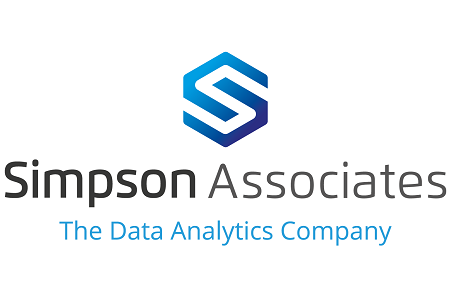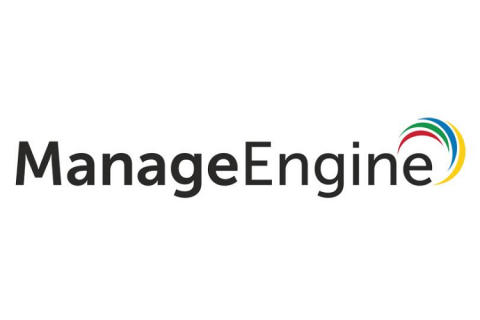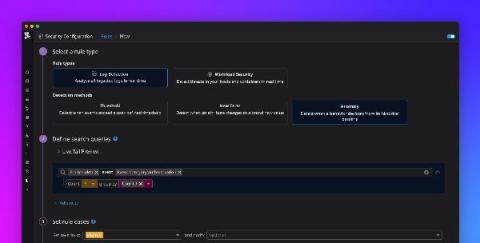The Cost of a Data Breach Report: Key Highlights
IBM’s Cost of a Data Breach Report 2021 analyzed 537 real breaches and conducted nearly 3,500 interviews to uncover the true cost of a data breach in 2020. The publication covers initial attack vectors, how long it took organizations to discover and contain braces, as well as the effects that incident response efforts and artificial intelligence have on mitigating breach costs.











